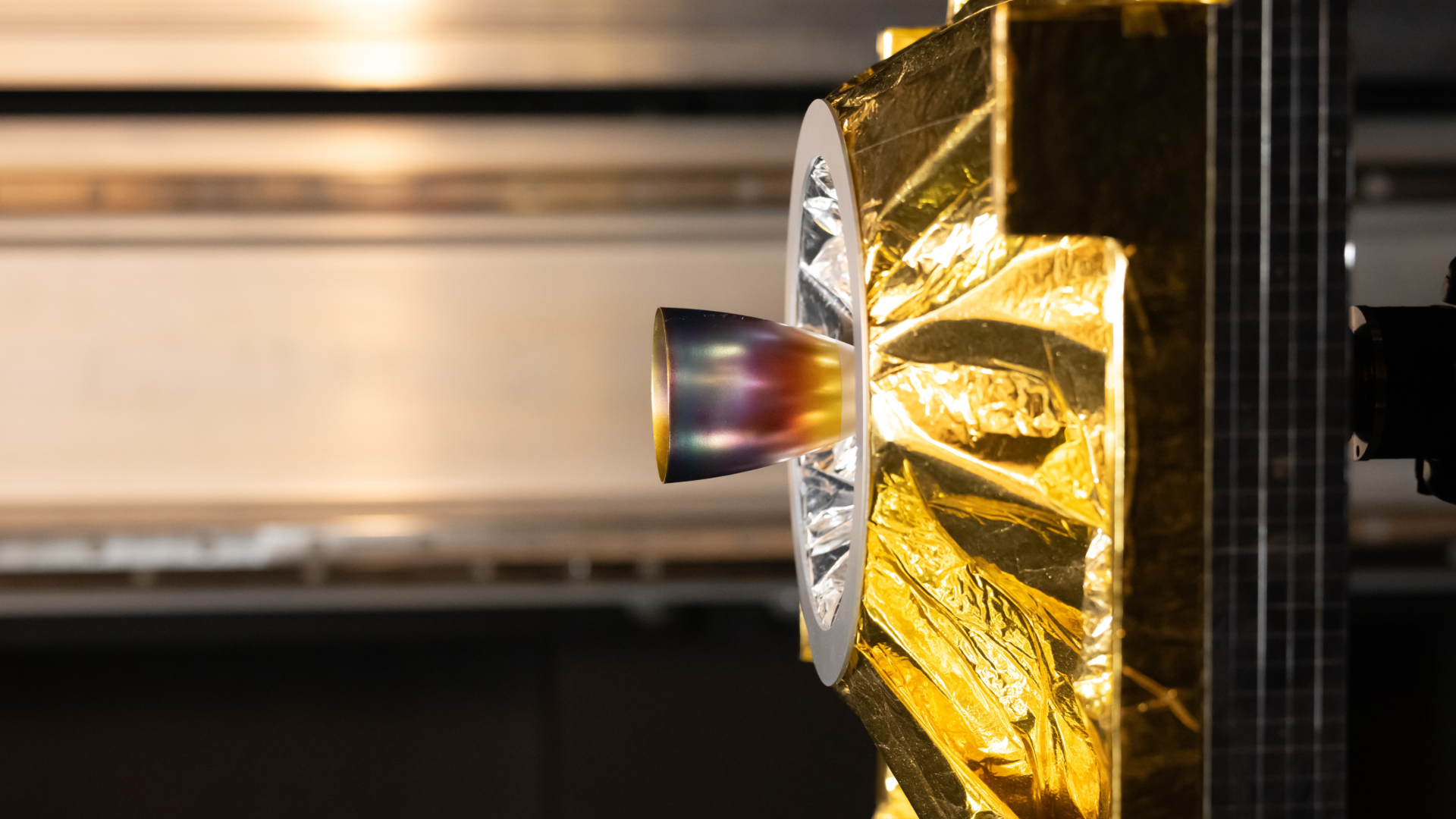An asteroid the size of a bus will safely fly by Earth today and you can watch it live online
The Virtual Telescope Project will stream live views of the asteroid 2022 GN1 tonight at 9 pm ET.
This evening brings about an exciting show for skywatchers — an asteroid the size of a small house will make a close, but safe, flyby of Earth.
According to NASA's Center for Near Earth Object Studies (CNEOS), asteroid 2022 GN1 will pass within 79,000 miles (127,000 kilometers) of Earth, or about one-third of the distance between the Earth and the moon, later this evening. Although the space rock is categorized as a "potentially hazardous asteroid" by CNEOS due to its close encounter with Earth, the asteroid will not impact our planet.
While it might be a bit tricky to spot on your own, you'll be able to watch a live stream of the event hosted by the Virtual Telescope Project, weather permitting. That video will go live at 9 p.m. EDT on April 5 (0100 GMT on April 6), and you can tune in via the window above or directly through the Virtual Telescope Project's website.
Related: The greatest asteroid missions of all time!
Scientists estimate that 2022 GN1 is between 24 and 52 feet (7.7 to 16 meters) across, about the size of a large bus. The asteroid will make its closest pass at about 11:02 p.m. EDT (0302 GMT) at a speed of approximately 34,500 mph (55,500 kph), according to Newseek.
Astronomers discovered asteroid 2022 GN1 only on Friday (April 1), using data gathered by the PanSTARRS telescope on Haleakala in Maui, Hawaii, which regularly spots previously unknown near-Earth objects.
Although the vast majority of space rocks — particularly the large ones — don't collide with Earth, our planet is frequently pelted with smaller space objects. On March 30, for instance, a small meteor exploded over Indiana, creating a boom that surprised and mystified residents but did not cause any damage.
Breaking space news, the latest updates on rocket launches, skywatching events and more!
Of course, an asteroid impact is never out of the question, which is why NASA operates the Planetary Defense Coordination Office. The agency not only monitors the space around us, but also designs asteroid defense technologies that could protect us from a potential collision. In September, NASA will intentionally crash DART spacecraft into the asteroid Dimorphos to attempt to change its orbit.
If you miss asteroid 2022 GN1's pass tonight, it'll be back for another flyby in August 2056, according to CNEOS. And if you don't want to wait that long to see another close encounter, your next opportunity is right around the corner — asteroid 2022 GQ1 will pass by within a lunar distance on Thursday (April 7) morning.
Follow Stefanie Waldek on Twitter @StefanieWaldek. Follow us on Twitter @Spacedotcom and on Facebook.

Space.com contributing writer Stefanie Waldek is a self-taught space nerd and aviation geek who is passionate about all things spaceflight and astronomy. With a background in travel and design journalism, as well as a Bachelor of Arts degree from New York University, she specializes in the budding space tourism industry and Earth-based astrotourism. In her free time, you can find her watching rocket launches or looking up at the stars, wondering what is out there. Learn more about her work at www.stefaniewaldek.com.
